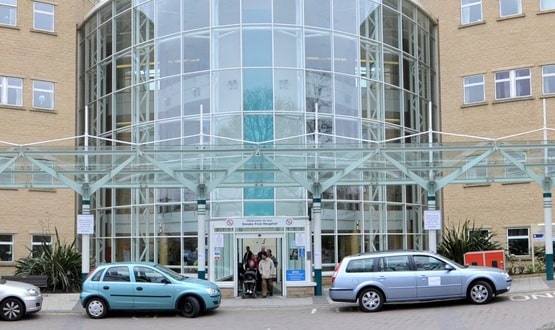Outside the inbox
- 10 February 2005
 Chris Booth
Chris Booth
Healthcare Development Director, Cy-Nap
Technology in the NHS usually involves someone having to spend a large amount of money and time on new equipment and or services, and then having to evangelise to potential users. Text messaging technology, however, is different. Everybody uses it, and it’s fairly cost-effective.
Strangely, the NPfIT has not included SMS in its core, even though it’s a significant method of improving communication with patients. The electronic booking service is aimed at improving access to the NHS and therefore reducing waiting lists. The reality is, that for every ‘did not attend’ (DNA), the trust still picks up the cost.
The most compelling reason for any public body to use SMS is that 8 out of 10 people have a mobile phone and most of us know how to text. 63 million messages are sent across UK GSM networks each day.
Benefits in bulk
Take a look at every point of patient communication that, and ask yourself whether can SMS can improve it. In each case, the cost of a text will be more cost effective in time and materials. For example, one administrator on a project I worked on told me they spent £1300 per annum on stamps, not including the cost of paper and time to send letters. Another said: "We don’t have time to contact patients if their results are negative, but we should. It’s not good enough to say if you don’t hear from us they are negative."
If you are considering SMS as part of your communications strategy there are variety of ways by which you can implement it. Early adopters have been using SMS applications via web browsers where you manually input details of the recipients and the message content to be sent. More advanced offerings have provided an import facility to allow upload of a batch of recipient details.
Both of these methods have their benefits, as you are able to bulk send messages to patients and benefit from the ‘one-to-many’ features. In some cases, providers have made available reports to allow you to monitor the delivery status of messages and have some form of review and feedback.
Purpose and integration
The most appropriate method of deploying this technology is to integrate it within existing or new applications. This is a strategic view and ensures that the process is seamless, with message status being put back into the patients’ communication history, just as a letter would be. System integration is the key; anyone that has worked in the NHS will know that technology is meant to improve the care process and not add new barriers.
Any organisation wishing to deploy SMS texts will need to consider what it is to be used for. The most talked about is the reduction of DNAs, but there are many more applications. Most of the current projects are actually addressing more practical issues, such as resource and cost.
For example there are a significant number of projects where notification of test results, reminders for medication and vaccination are being sent. DNA reduction will become reality when trusts are able to have an enterprise wide view. Each department will have a different DNA rate. Texting needs to be integrated to work effectively and some PAS vendors have completed this work and have projects underway.
Other projects include staff communication, patient surveys with automated response. Perhaps NPfIT should consider letting people text to ask for appointments or referrals as part of Choose and Book.
Assessing risk
It is important that we consider the whole picture and look into the hurdles that have to overcome by projects. Project initiation, patient confidentiality and data protection are issues that need to be resolved; in addition, risk analysis needs to be considered – all projects should undergo a project initiation review to produce this.
Most text providers will use the web to communicate with GSM providers, and therefore patient security must be considered. Any project that has overlooked this should reconsider, especially if the service provider is holding patient data.
Should you be considering an SMS project, the best advice would be to locate a provider that is able to provide supporting documentation on the above from previous projects. They should have signed some form of data processing agreement as a minimum.
There is no doubt SMS text messaging is a very powerful way to engage with patients. The demographics of mobile ownership covers the whole age range. For those who say that "our patients are elderly and don’t have mobile", elderly patients don’t usually DNA.
Another interesting fact is that a growing number of people now give their mobile number as the main point of personal contact. A number now refers to a person, not a location.
Text messaging is a low cost way to communicate with patients and has the potential to address a number of issues within the NHS, while improving efficiency and reducing cost. There is an incumbent market and the technology is accepted in everyday life.
In 11 years of working within healthcare IT, I don’t recall a greater opportunity to engage with patients.
Chris Booth
Healthcare Development Director
Cy-nap Limited
Related links




